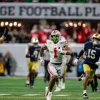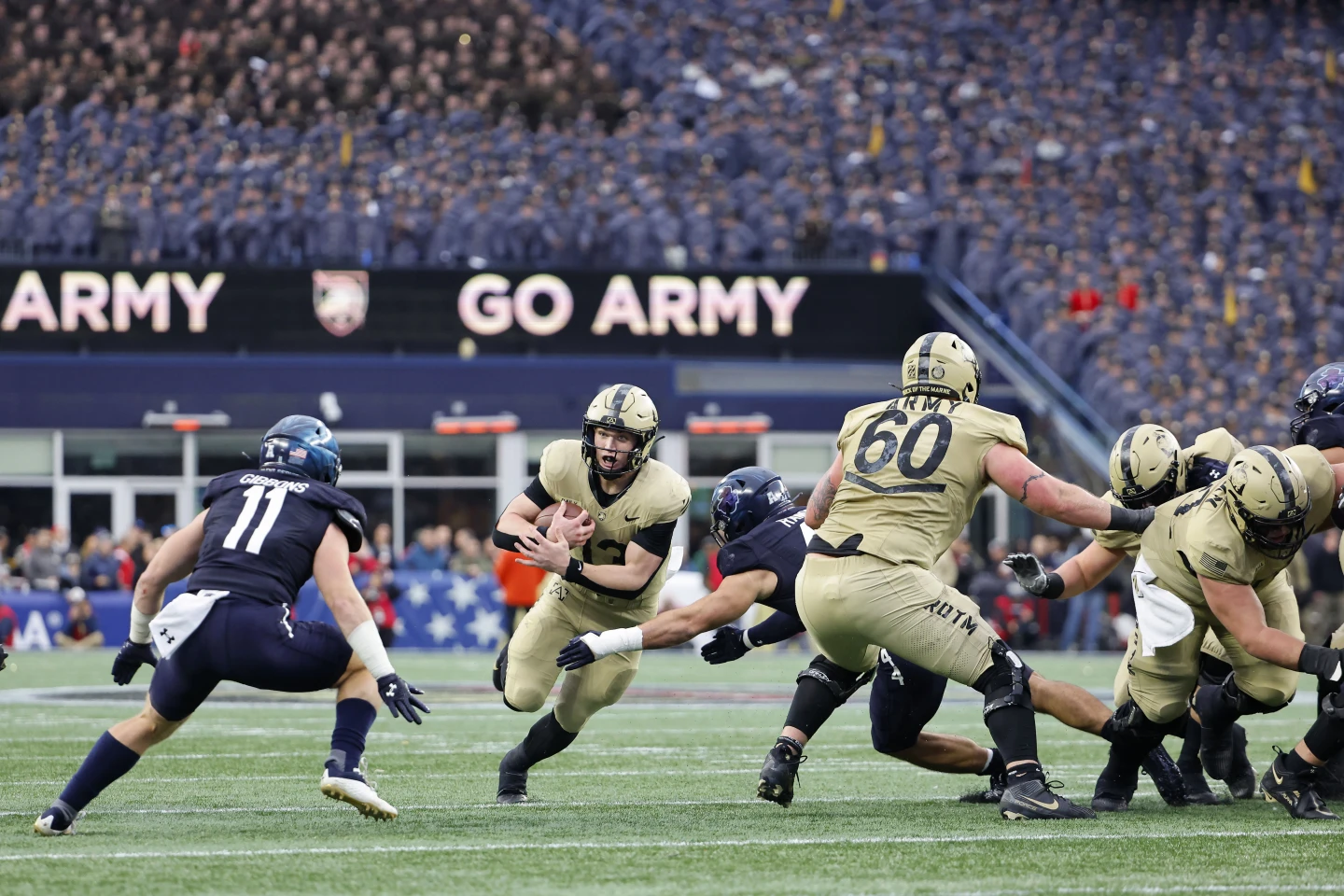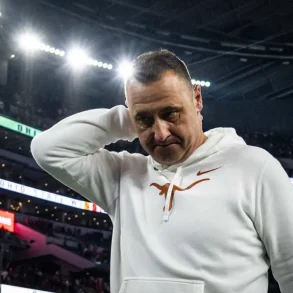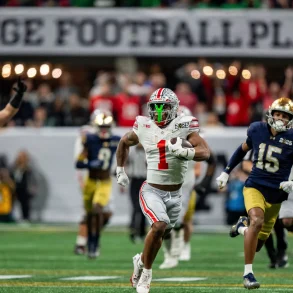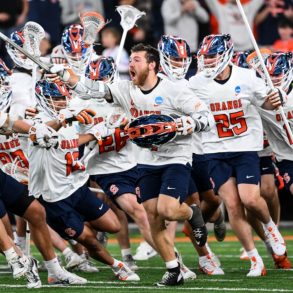Until this year, Army and Navy had not both started the college football season 5-0 in nearly 80 years.
That was back in the fall of 1945, shortly after World War II ended, when service academies were dominant in the sport. Army, led by Heisman Trophy winner Felix “Doc” Blanchard, was named the national champion that year by The Associated Press, marking their second consecutive title.
Since 1960, the two teams have not been ranked in the AP Top 25 poll at the same time.
The Cadets at West Point and the Midshipmen in Annapolis have made a comeback with these undefeated starts by focusing on traditional play and avoiding some of the modern trends in football, both on and off the field.
“You want to be relevant,” said Navy coach Brian Newberry. “This is a humble group. It’s a hungry group. It’s still a group that has a chip on its shoulder, which I love, but we want to be significant in college football here.”
Newberry and Army coach Jeff Monken have led their teams back to prominence while many other NCAA programs rely on the transfer portal to improve their rosters and use name, image, and likeness (NIL) money to attract players. Army, Navy, and Air Force cannot offer NIL funds, which, along with military obligations, makes recruiting more difficult.
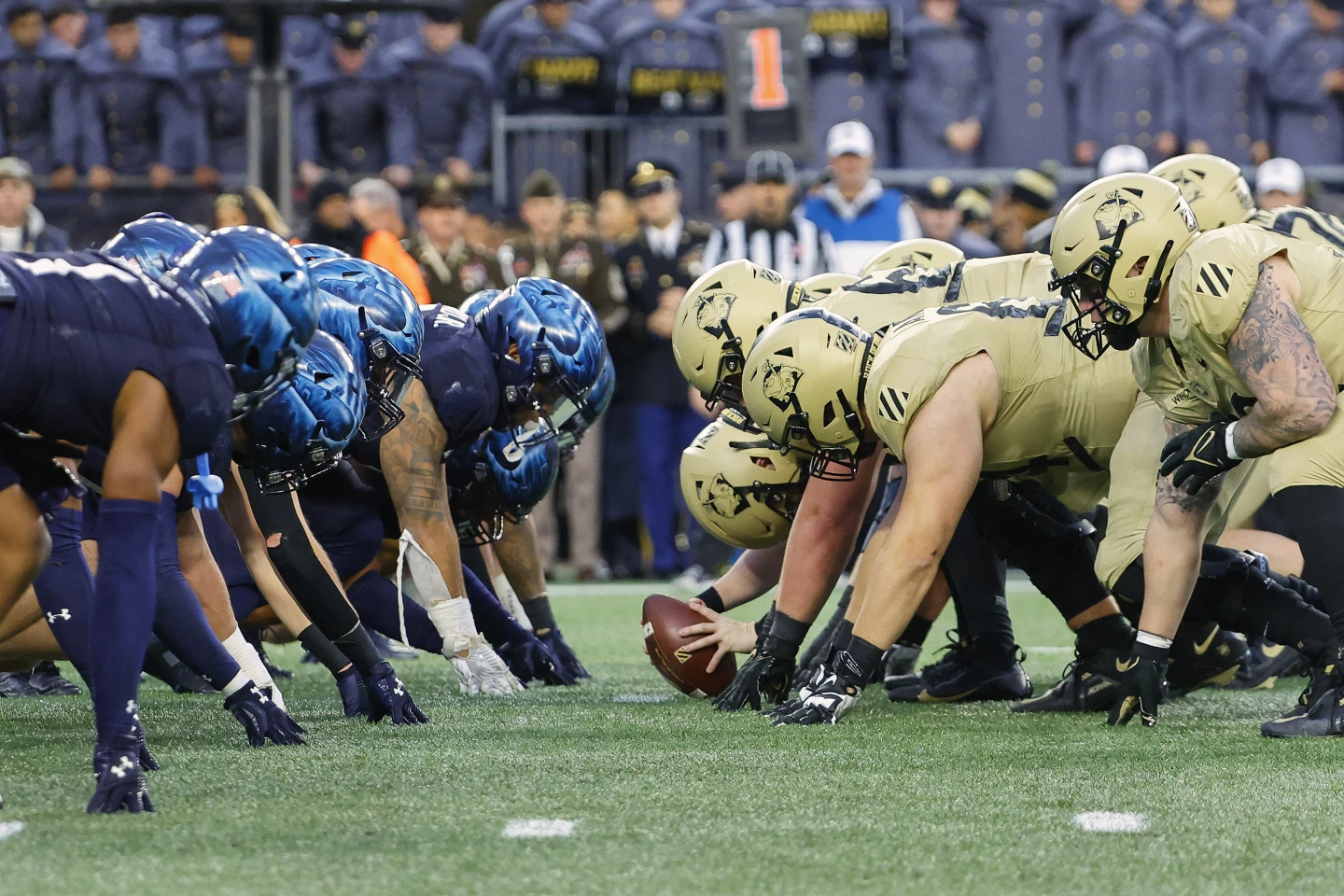
“It’s different because these are guys you’ve worked with, gone to class with, and done all these military training with,” said Navy linebacker Colin Ramos, a senior captain. “There aren’t 50 new guys on the team each year.”
Monken, now in his 11th season, said things have not changed much since he started, even though the college sports scene has evolved significantly.
“We weren’t given NIL money then, and there wasn’t any transfer portal,” Monken remembered. “This is how we build our team here, and it’s how college football teams have historically built their teams: recruit high school players, keep them in your program, develop them, and hope to create a winning team. That’s just how we’ve got to do it here.”
It’s working.
Army is currently tied for the fewest turnovers in the 133-team Football Bowl Subdivision with just one, while Navy has only two. Both teams rank in the top 30 for total offense and are in the top 10 for fourth-down conversions. Army has the ninth-best defense, and Navy is tied for first in red zone efficiency.
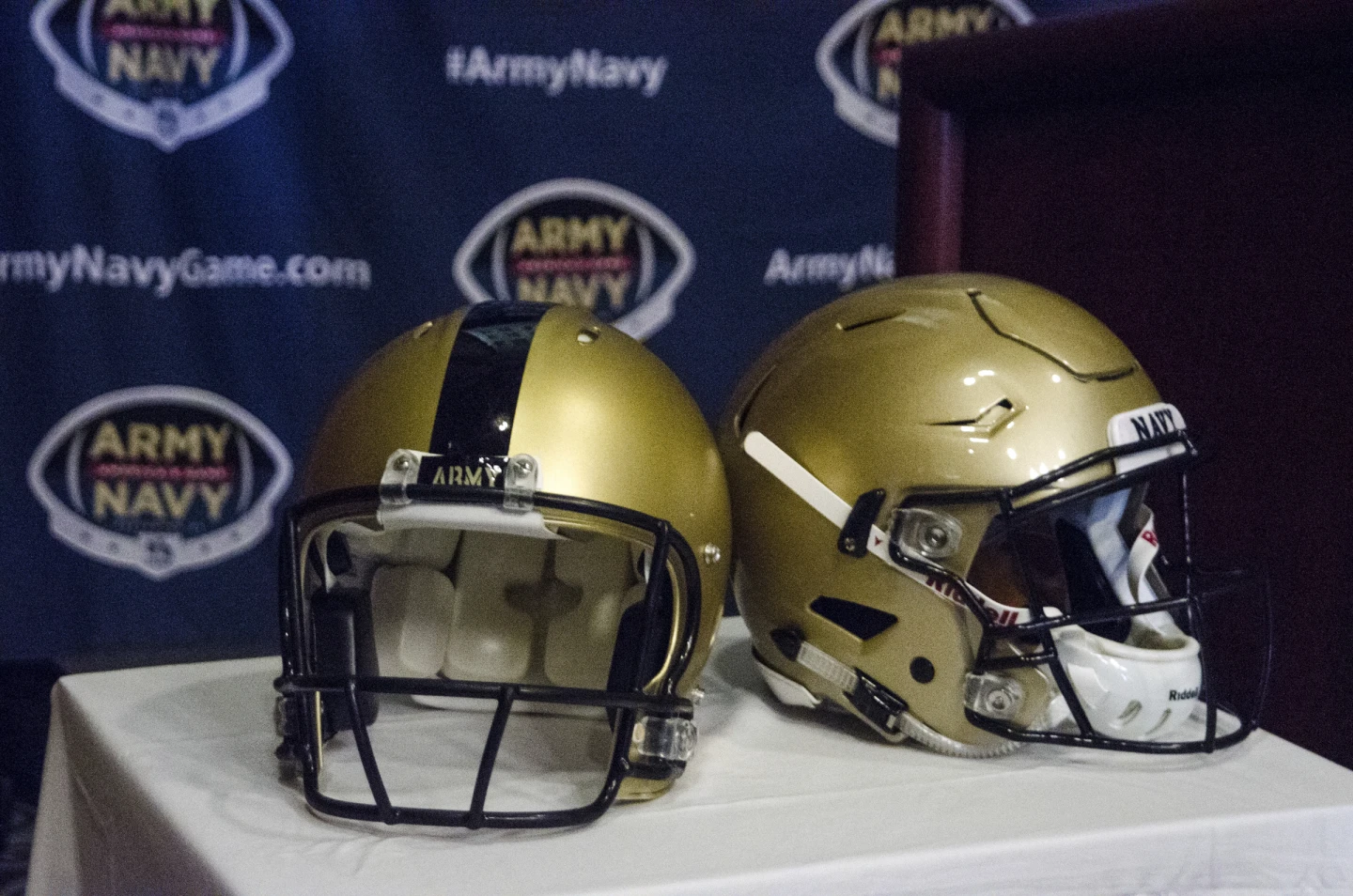
“We still have yet to play our best game,” said Army defensive lineman and senior captain Cody Winokur. “We’re not just celebrating what we’ve done but looking at how we can improve and be a better team as the season continues. We want to play our best football in the second half of the year.”
Both Army and Navy need just one more win to become bowl-eligible, which is a big change from last season when they finished 6-6 and 5-7, with the 113th and 125th ranked offenses, respectively.
Even while using the triple-option offense, which is mostly outdated outside of the academies, Navy has attempted 68 passes this season.
This change has attracted players who might not have considered the academy before, although it still ranks as the third-fewest passing attempts in the FBS. Army has the fewest passing attempts with just 38, but they also have the third-highest time of possession.
“I guess some people may find that unappealing or boring, but what’s boring about winning?” Monken said. “What you’re trying to do is win.”

